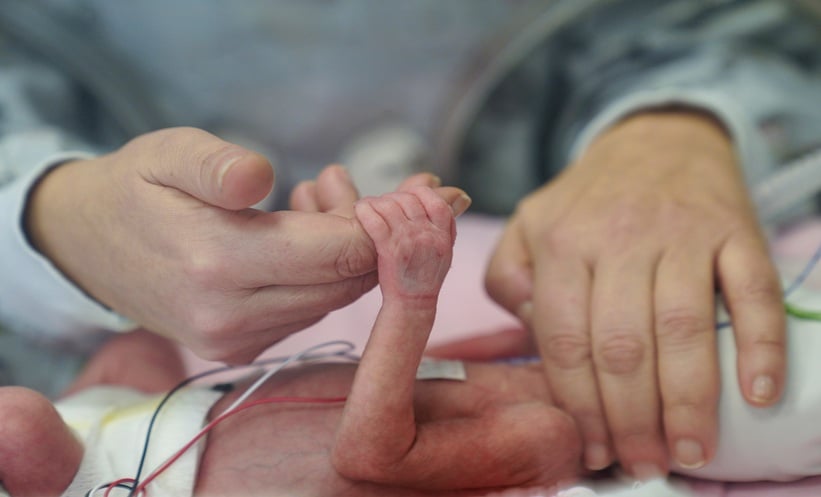BACKGROUND AND AIMS
The general public is known to overestimate the success rate of in vitro fertilisation (IVF).1,2 Qualitative interviews showed that well-informed females cryopreserving their oocytes were unrealistically optimistic about their chances for a live birth as they thought they and/or their gynaecologist would perform better than average.3 To the best of the authors’ knowledge, the live birth rates (LBR) expected by patients during their IVF cycle had yet to be studied and compared to the patient’s personalised IVF prognosis. In addition, whether these expected LBR are affected by factors such as sex and dispositional optimism is unknown.
MATERIALS AND METHODS
The expected LBR and degree of dispositional optimism of consenting couples who had an oocyte aspiration in the Leuven University Fertility Clinic, Leuven, Belgium, between March and December 2019 were prospectively surveyed. Participants (male and female) were asked to each fill out their own questionnaire. Additionally, couples’ personalised IVF prognoses were calculated using an adapted version of the van Loendersloot prognostic model after calibration on the authors’ clinic’s data (area under the receiver operating characteristics: 0.74).4,5 The model predicts the chance of success of one ‘complete’ cycle (i.e., all fresh and frozen embryo transfers from the same episode of ovarian stimulation). Eligible couples completed at least one IVF cycle (second through to the sixth) with their own gametes after a previous IVF cycle with the same partner in the same clinic. The level of dispositional optimism was assessed with the reliable Revised Life Orientation Test (LOT-R) questionnaire.6 The degree of misestimation was calculated with a formula: (expected IVF-LBR – prognosis)/prognosis. A positive sign shows overestimation, a negative sign shows underestimation, and the absolute value quantifies the extent of misestimation.
RESULTS
The 67 participating couples had a mean IVF prognosis (calculated LBR per completed IVF cycle, including fresh and frozen embryo transfers) of 31.8% (range: 4.8–59.4%; standard deviation [SD]: 16.90). Eighty-five percent of females overestimated their IVF-LBR (mean overestimation: 33.66%; SD: 20.02) and 47.8% expected their IVF-LBR to be more than double their calculated IVF prognosis (mean overestimation: 46.47%; SD: 16.10). Eighty-eight percent of males overestimated IVF-LBR (mean overestimation: 38.81; SD: 21.84) and 53.7% expected their IVF-LBR to be more than double of their calculated IVF prognosis (mean overestimation: 51.10%; SD: 17.75). Male patients expected significantly higher IVF-LBR compared to their female partners (64.4% versus 58.6%; paired t-test, p=0.028) and their degree of misestimation was also significantly higher (2.3 versus 1.8; paired t-test, p=0.013). Male and female partners did not differ in their levels of optimism (paired t-test, p=0.074) and the correlation between the level of optimism and expected IVF-LBR was rather weak (Pearson correlation coefficient in female patients: 0.428; p=0.000; and in male patients: 0.254; p=0.038). The correlation between the IVF prognosis and the level of optimism was also weak (Pearson correlation coefficient in female patients: 0.022; and in male patients: -0.163).
CONCLUSION
During IVF, patients, especially males, expected unrealistically high IVF-LBR and the difference between males and females was not explained by their level of dispositional optimism. Recruitment is ongoing to end up with a larger scale prospective cohort study with follow-up until the studied IVF cycle is completed by achieving a live birth or a negative pregnancy test after the transfer of the last (fresh and frozen) embryo. This study, however, already documented the extent of the interesting overestimation of IVF-LBR by couples going through IVF. Whether the couple’s overestimation leads to distress in the case of a negative pregnancy test which could ultimately result in IVF discontinuation, as suggested by qualitative interviews, will be followed up.7 In addition, couples’ actual LBR and association with expected IVF-LBR and with prognoses will be assessed.








